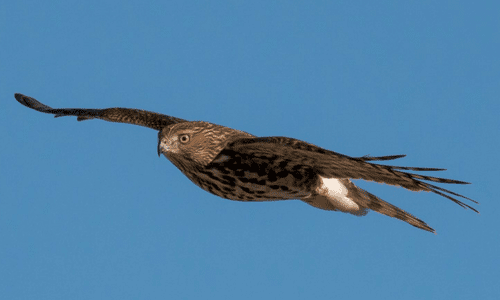Autumn Birdwatching in Cape May.
It may seem early to talk about autumn birdwatching in Cape May, but now is the time to plan if you want to make the most of your trip.
At our Cape May resort, we welcome many bird watchers each year. Birdwatching in Cape May is a fun and educational activity where enthusiasts watch and learn about birds, their migration patterns, feeding preference, behaviors, songs, and more. Many search for birds with binoculars and take pictures or videos, but simply watching with the naked is fun too! Birdwatching is great for people of all ages. In fact, it’s an inclusive outdoor activity the whole family can enjoy. Make it an adventurous day of trekking or leisurely outing with breaks. Either way, you’re sure to catch some fascinating avian activity.
Birdwatching in Cape May
In Cape May, bird migration occurs year-round, but the busiest times are in the spring and fall. Here, you’ll find nearly one million sea birds passing through annually, making Cape May a top birding destination in North America. Cape May’s diverse ecosystem provides nesting spots for over 140 different species adding to its appeal as a birdwatching hot spot.
While autumn birdwatching in Cape May, you’re likely to spot.
- Herons
- Egrets
- Laughing Gulls
- Scarlet Tangers
- Prothonotary Warblers
- Yellow Warblers
- Osprey
- Yellow-breasted Chats
- Peregrine Falcon
- Bald Eagle
- Red-Tailed Hawk
Just to name a few. Some top places from where to watch and learn about birds in Cape May are:
Cape May Point State Park
For many, the Cape May Lighthouse is the major attraction at Cape May State Park. However, the park’s ever-changing shoreline, dunes, freshwater coastal marsh and ponds, forested islands and varied uplands make it a well-known location for viewing the fall bird migration. Located on the southern tip of New Jersey, the park is a key site on the NJ Coastal Heritage Trail with an environmental center plus a museum that displays the area’s natural and historic features.
The Cape May Bird Observatory
Nearby, the Cape May Bird Observatory follows bird and butterfly migration at one of the most important migration sites in the country. “Located at the “tip of the funnel,” according to The Cape May Bird Observatory website, “Cape May is the crossroads of migration for millions of birds and bugs each year.” The Cape May Bird Observatory nature center is on the fringe of Cape May Point State Park, an ideal avian habitat with walking paths to view birds in their natural environment.
South Cape May Meadows
Situated at the southwest tip of the Cape May peninsula (near to both Cape May Point State Park and the Cape May Bird Observatory), South Cape May Meadows boasts more than 200 acres of critical habitat for birds and other native wildlife. While this protected land provides foraging and resting habitat for birds before they continue with their migration, the preserve also supports a wide variety of year-round wildlife “residents”.
Higbee Wildlife Management Area
Higbee Beach is the paramount location for fall migrants including birds, butterflies, dragonflies, and occasionally bats, especially in the days immediately following a cold front with northwest winds. Although the parking lots fill up early with eager birders, a late afternoon visit is just as enjoyable.
Our Cape May hotel is open seasonally, summer through fall. We’re located just steps from the beach and all the great things Cape May has to offer. Let us make your New Jersey shore vacation dreams come true.


